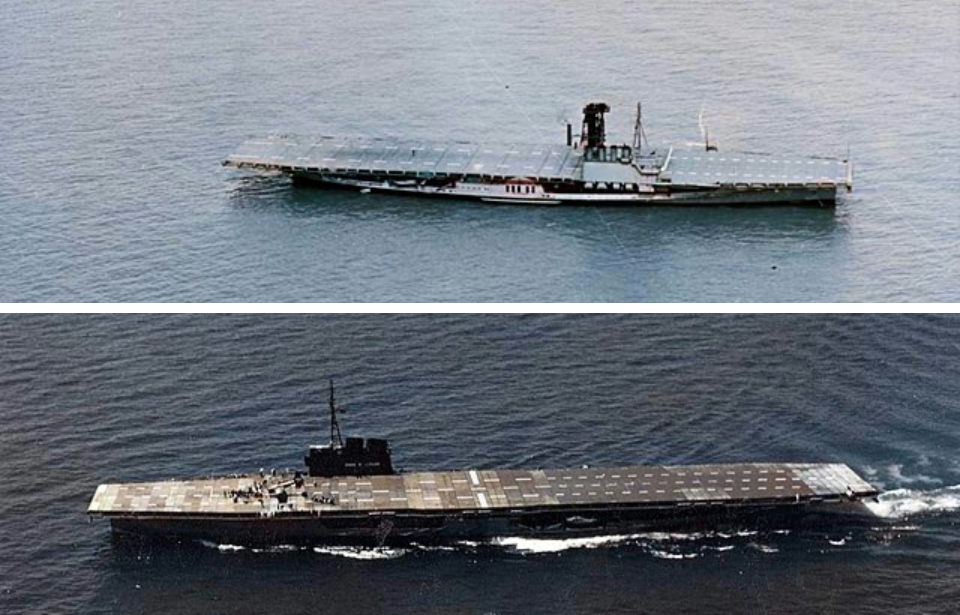Turning luxury vessels into aircraft carriers
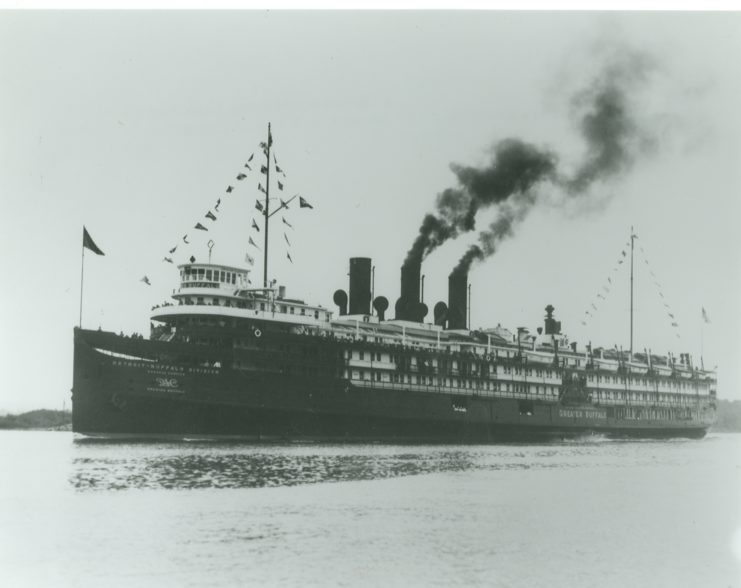
Cmdr. Richard F. Whitehead, then an aviation aide at the Great Lakes Training Center based at Glenview Naval Air Station in Chicago, was the first to suggest repurposing civilian vessels to train carrier pilots. He saw the value in conducting such training away from the dangers of active war zones and pushed the idea with determination.
Initially, military leadership was hesitant to embrace the concept. But the surprise Japanese attack on Pearl Harbor in December 1941 shifted priorities. With front-line aircraft carriers stretched thin, Adm. Ernest J. King swiftly endorsed Whitehead’s plan, acknowledging the critical need for a steady pipeline of skilled carrier aviators.
USS Sable (IX-81)

Originally launched as the Greater Buffalo in October 1924, the USS Sable began life as a side-wheel excursion steamboat. Famous for her elegant, Renaissance-inspired design, she earned the nickname “Majestic of the Great Lakes” and was capable of carrying over 1,500 passengers, 103 vehicles, and nearly 1,000 tons of cargo.
When the U.S. Navy took ownership of the Greater Buffalo, she underwent significant modifications. The ship’s cabins and superstructure were replaced with steel supports, and unlike her sister ship, the USS Wolverine, the Sable was fitted with a steel flight deck instead of a wooden one. This change was made specifically to test non-skid coatings for military use.
Renamed USS Sable, she remained unarmed and lacked both armor and essential features such as elevators and a hangar deck.
A notable aspect of her service was that many of her crew members had previously served on the USS Lexington (CV-2), which had been lost in the Battle of the Coral Sea.
USS Wolverine (IX-64)
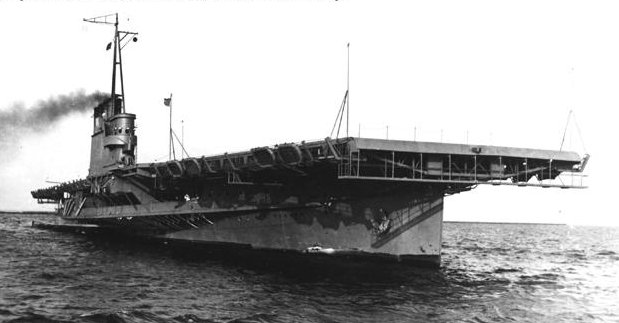
Training pilots in the Great Lakes
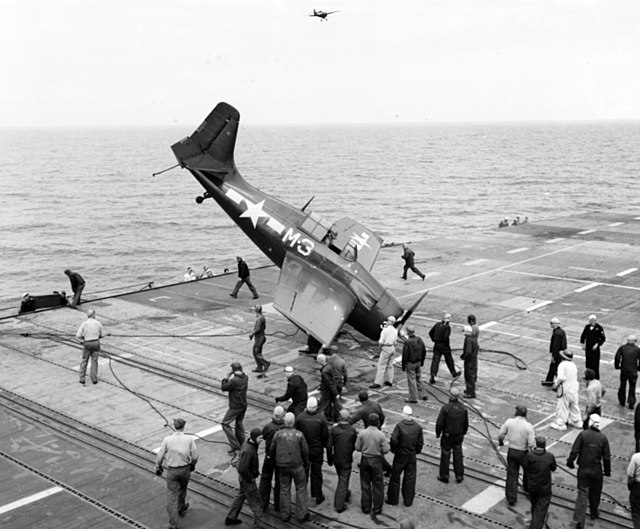
By 1943, both the USS Wolverine and Sable – nicknamed the “Corn Belt Fleet” – were stationed out of Navy Pier, in Chicago. They were assigned to the 9th Naval District Carrier Qualification Training Unit (CQTU), and operated throughout Lake Michigan.
Trainees were taught how to takeoff and land on aircraft carriers, with the idea being that, if they could successfully accomplish their tasks on the shorter flight decks, then the larger ones wouldn’t be an issue. While conducting their training, the pilots were made to keep their cockpits open, in the event of a crash, and to “graduate” they had to carry out 10 (later eight) takeoffs and landings.
Training occurred seven days a week. However, it was often curtailed due to a lack of wind over the decks of the aircraft carriers. In order for aircraft to effectively take off, they need a certain amount of wind, and the lack of it over Lake Michigan meant that heavy aircraft like the Grumman F6F Hellcat, Vought F4U Corsair, Douglas SBD Dauntless and Grumman TBM Avenger were unable to operate from them.
Over the course of the Second World War, Wolverine and Sable trained 17,820 pilots, including future US President George H.W. Bush, and were the sites of 116,000 landings. Fewer than 300 aircraft were lost. On top of training aviators, Sable was also used to test the TDR-1, a wooden remote-controlled drone.
Decommissioning of the USS Wolverine (IX-64) and Sable (IX-81)
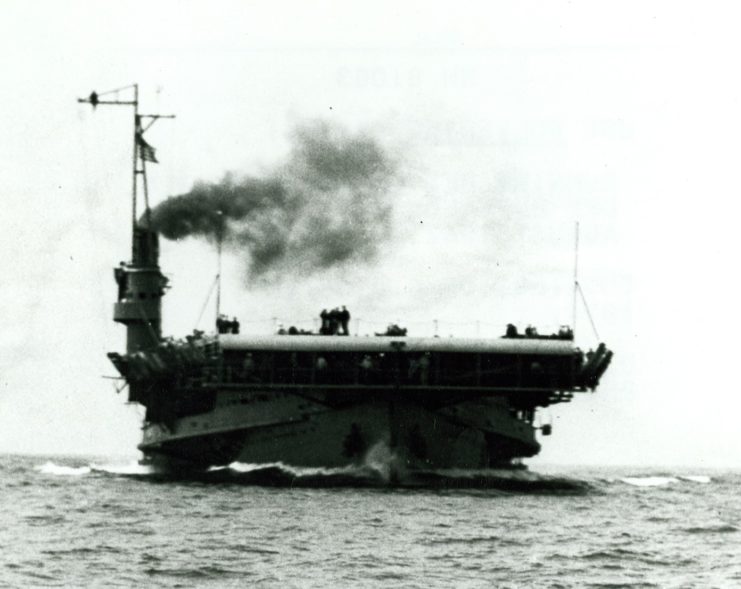
After World War II ended, the USS Wolverine and Sable were taken out of commission and struck from the Naval Vessel Register. Wolverine was put up for sale to the public, either for flag operations or scrapping, and was eventually sold for scrap in December 1947.
The Great Lakes Historical Society’s effort to convert Sable into a museum was not successful. Following that, the ship was sold to the US Maritime Commission, where it was disassembled and scrapped.
